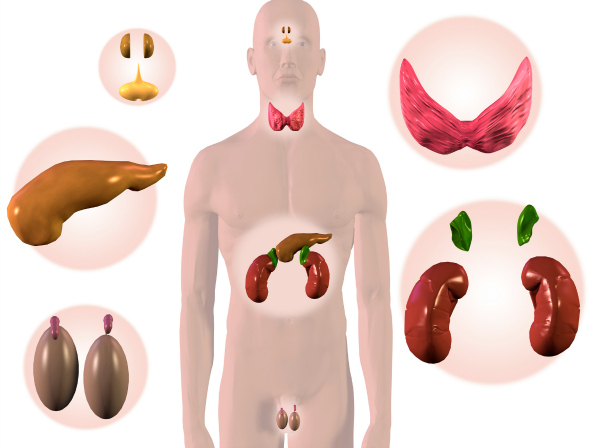
What is low testosterone? What are the symptoms and how is it diagnosed?

Testosterone is an important hormone for men. Produced by the testes, the hormone gives men many of their masculine characteristics, like facial hair and a deeper voice. It is involved with sperm production and sex drive. It also contributes to strength, bones, and muscle mass.
Low testosterone, also called hypogonadism, occurs when a man’s body doesn’t produce adequate amounts of the hormone.
Hypogonadism can happen if there is a problem with the hypothalamus or pituitary gland (two areas of the brain that help trigger the production of testosterone) or with the testes themselves. For example, men who have both testes removed during treatment for testicular cancer would no longer produce enough testosterone.
The normal course of aging can also cause men’s testosterone levels to decline. This process is sometimes called “andropause,” as a comparison to female menopause. However, the drop in testosterone is much more gradual for men than the drop in estrogen that women experience. Generally, men’s testosterone levels start to decrease about 1% each year around age 30.
The Urology Care Foundation estimates that 4 out of 10 men over age 45 have low testosterone levels.
Low testosterone has also been linked to diabetes, high blood pressure, high cholesterol, obesity, HIV infection, AIDS, and long-term opioid use.
Common symptoms of low testosterone include the following:
- Reduced sex drive, less interest in sex
- Erectile dysfunction (weaker erections or trouble getting an erection)
- Decreased muscle mass
- Mood swings and/or depressed mood
- Fatigue
- Enlarged breasts
- Anemia
- Loss of calcium from bones
Low testosterone is diagnosed with a blood test. A man’s testosterone levels fluctuate throughout the day, but they are usually highest in the morning. Many doctors prefer to test at that time. In general, a man is diagnosed with low testosterone if his level is below 300 ng/dL.
Sometimes, a distinction is made between bound, free, and total testosterone. About 98% of testosterone in the body is bound. This means it is attached to proteins – albumin and sex hormone binding globulin (SHBG) – that help it travel through the bloodstream. The rest is considered free. It is not attached to any proteins. Usually, free testosterone is the type connected with sexual problems.
Most of the time, doctors check total testosterone, the combination of bound and free taken together. This measurement is used to diagnose hypogonadism.
A doctor might also check levels of luteinizing hormone (LH) and follicle-stimulating hormone (FSH), since these hormones work with the testes.
Click here to learn more about treatment options for men with low testosterone.
You can also learn about the side effects and risks of treatment here.


